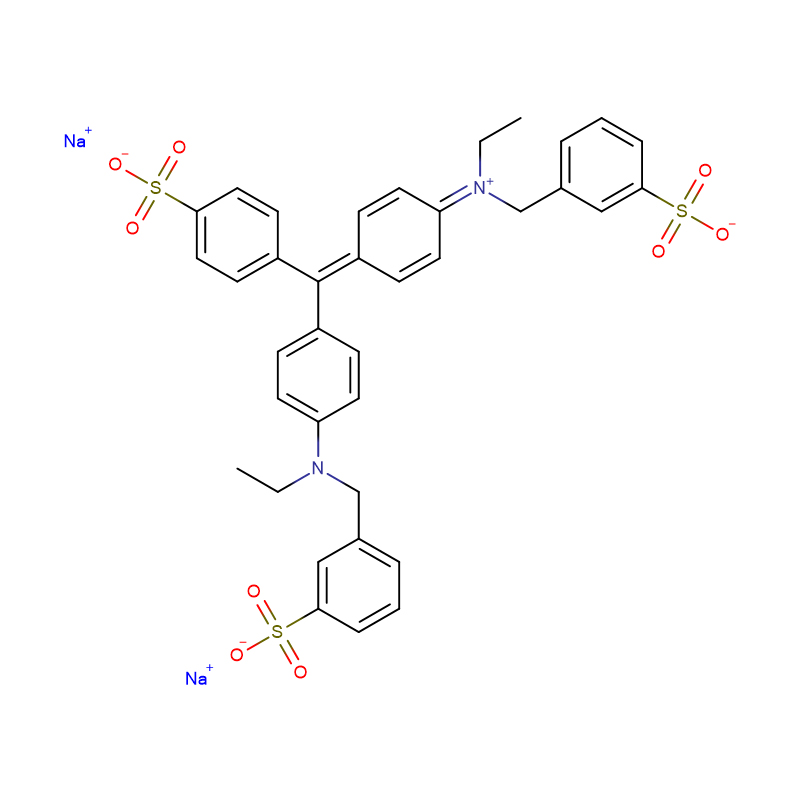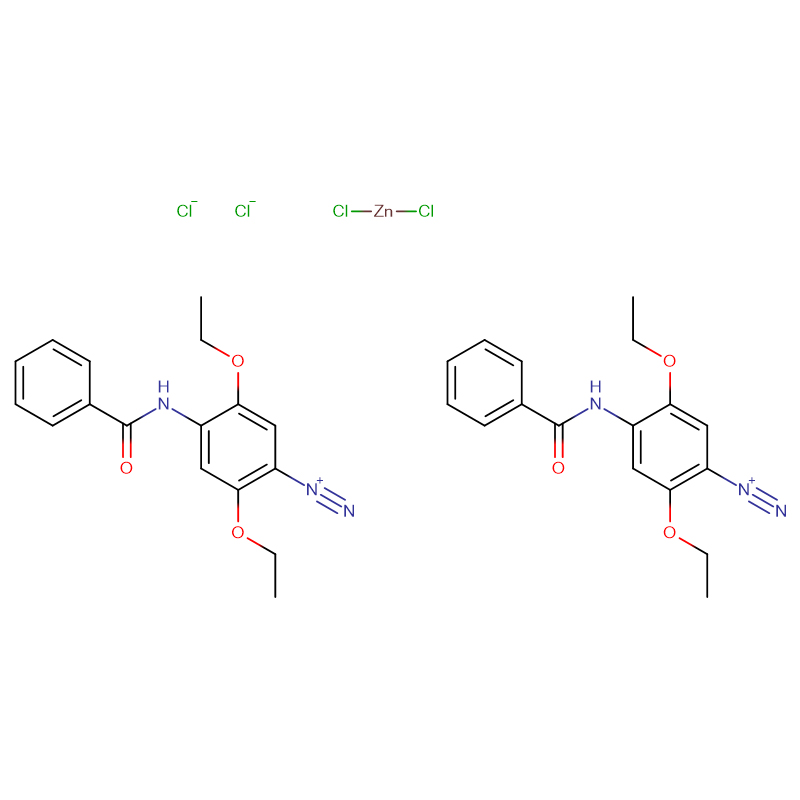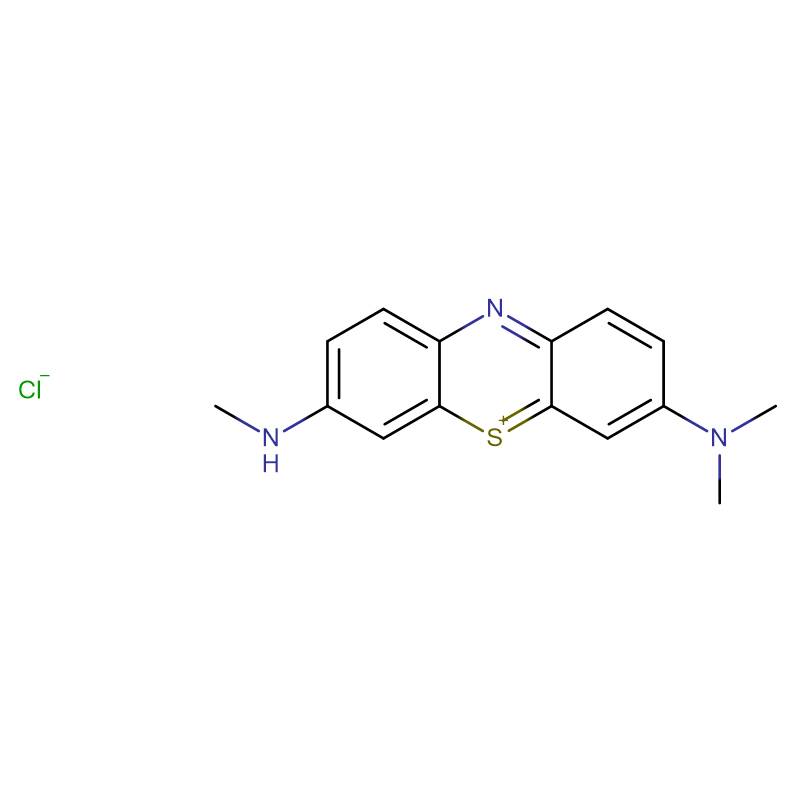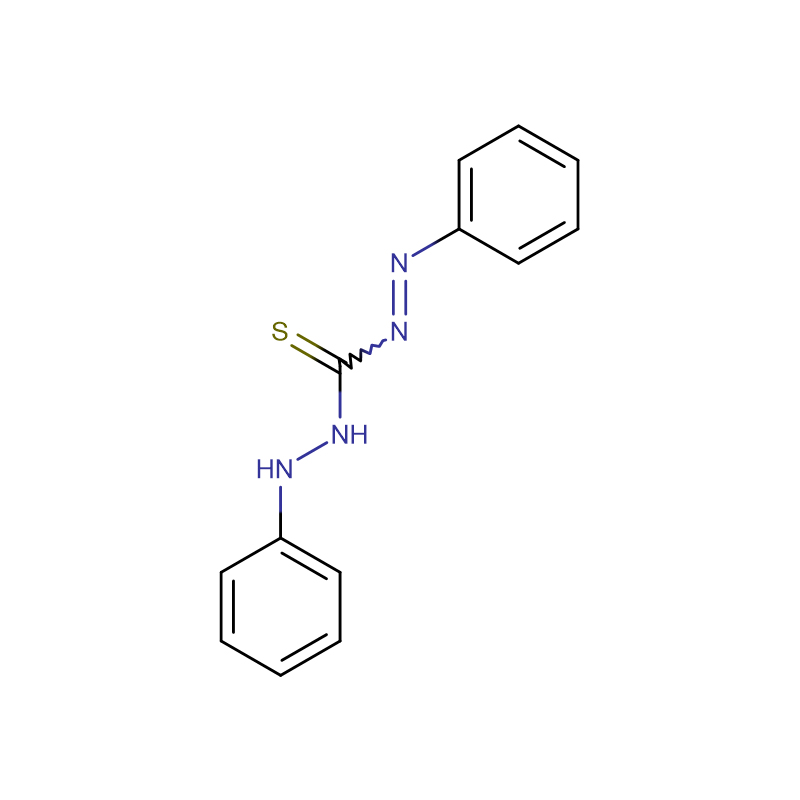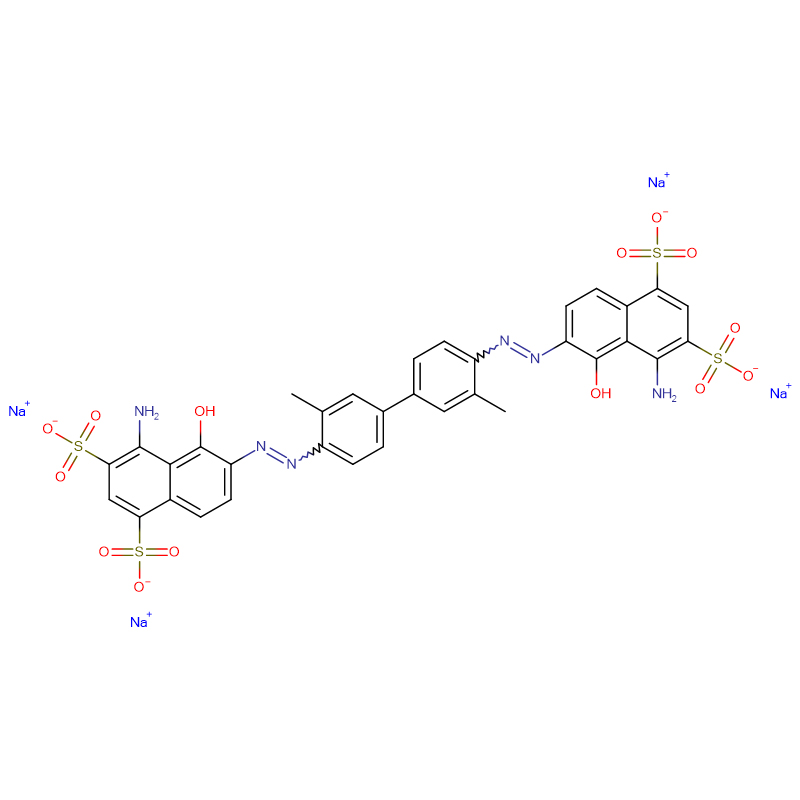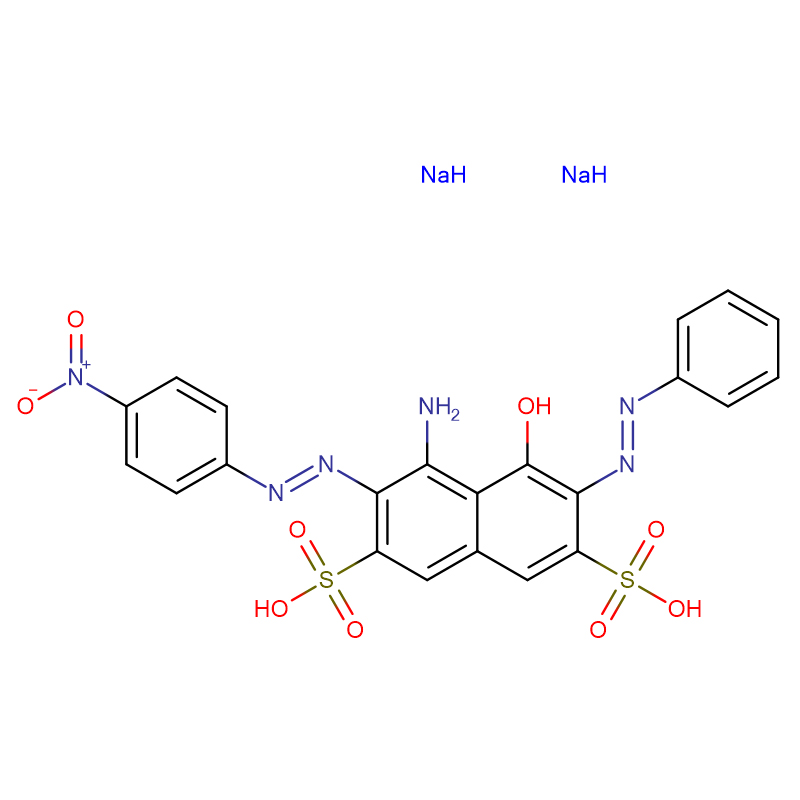Light green SF Cas: 5141-20-8 Deep purple powder
| Catalog Number | XD90538 |
| Product Name | Light green SF |
|
CAS |
5141-20-8 |
|
Molecular Formula |
C₃₇H₃₄N₂Na₂O₉S₃ |
|
Molecular Weight |
792.86 |
| Storage Details | -15 to -20 °C |
| Harmonized Tariff Code | 32129000 |
Product Specification
|
Appearance |
Deep purple powder |
|
Assay |
99% |
|
Solubility |
Soluble in water to give a clear green solution |
To evaluate systematically the staining characteristics and safety of potential new dyes for intraocular surgery.Six dyes were included in the investigation: light green SF (LGSF) yellowish, E68, bromophenol blue (BPB), Chicago blue (CB), rhodamine 6G, rhodulinblau-basic 3 (RDB-B3). All dyes were dissolved and diluted in a balanced saline saline solution. The light-absorbing properties of each dye were measured at a concentration of 0.05% between 200 and 1000 nm. Staining characteristics were examined by staining lens capsule tissue and epiretinal membranes (ERMs), removed intraoperatively, with dye concentrations of 1.0%, 0.5%, 0.2%, and 0.05%. Enucleated porcine eyes (postmortem time, 9 hours) were also stained. Dye-related toxicity was evaluated by a colorimetric test (MTT) measuring the inhibition of retinal pigment epithelium (RPE) cell proliferation (ARPE-19 and primary human RPE cells, passages 3-6). Cell viability was also quantified based on a two-color fluorescence cell-viability assay. Dyes were investigated in concentrations of 0.2% and 0.02%.All dyes investigated in this study stained human lens capsules, removed intraoperatively; ERMs, peeled during macular pucker surgery; and enucleated porcine eyes, depending on the concentration applied. The long-wavelength absorption maximum of the dyes was within the range of 527 to 655 nm at concentrations of 0.05%. Rhodamine G6 and RDB-B3 showed adverse effects on ARPE-19 cell proliferation at a concentration of 0.2% and were excluded from further investigation in primary RPE cells. The remaining four dyes showed no toxic effect on ARPE-19 and primary RPE cell proliferation at concentrations of 0.2% and 0.02%. Cell viability was affected by LGSF yellowish (0.2%) and CB (0.2% and 0.02%). Two dyes (E68 and BPB) showed no relevant toxicity in vitro.The systematic evaluation of dyes for intraocular use seems mandatory. In this study four dyes were identified with effective staining characteristics, with two of these dyes having no detectable toxic effect on RPE cells in vitro.


